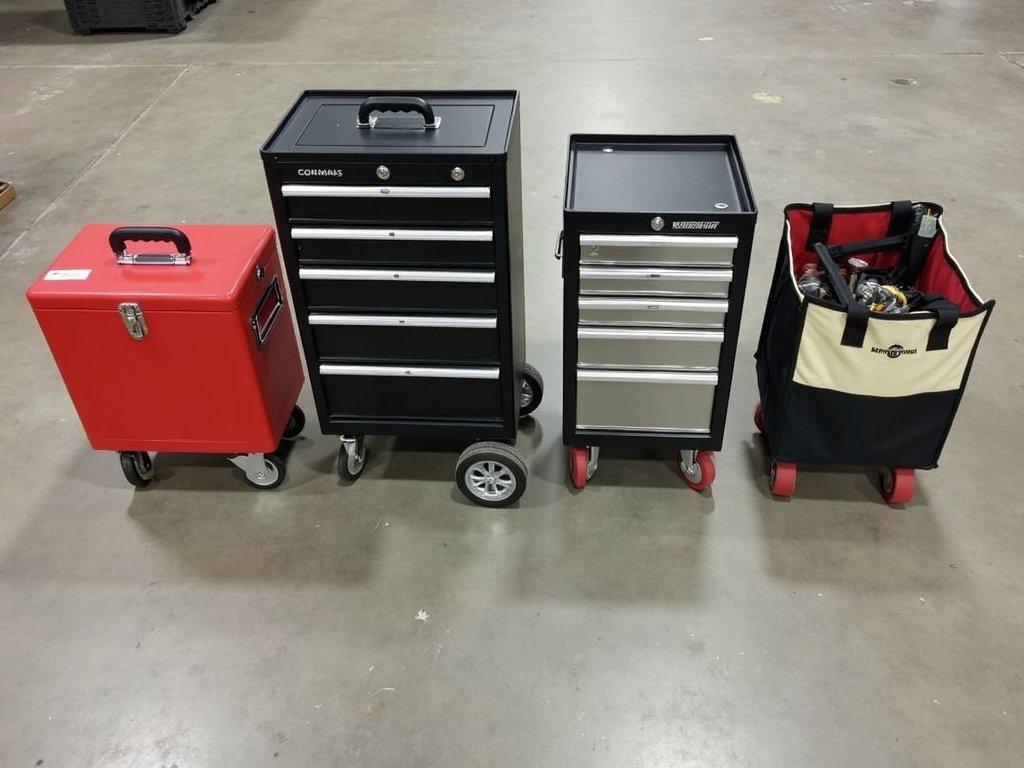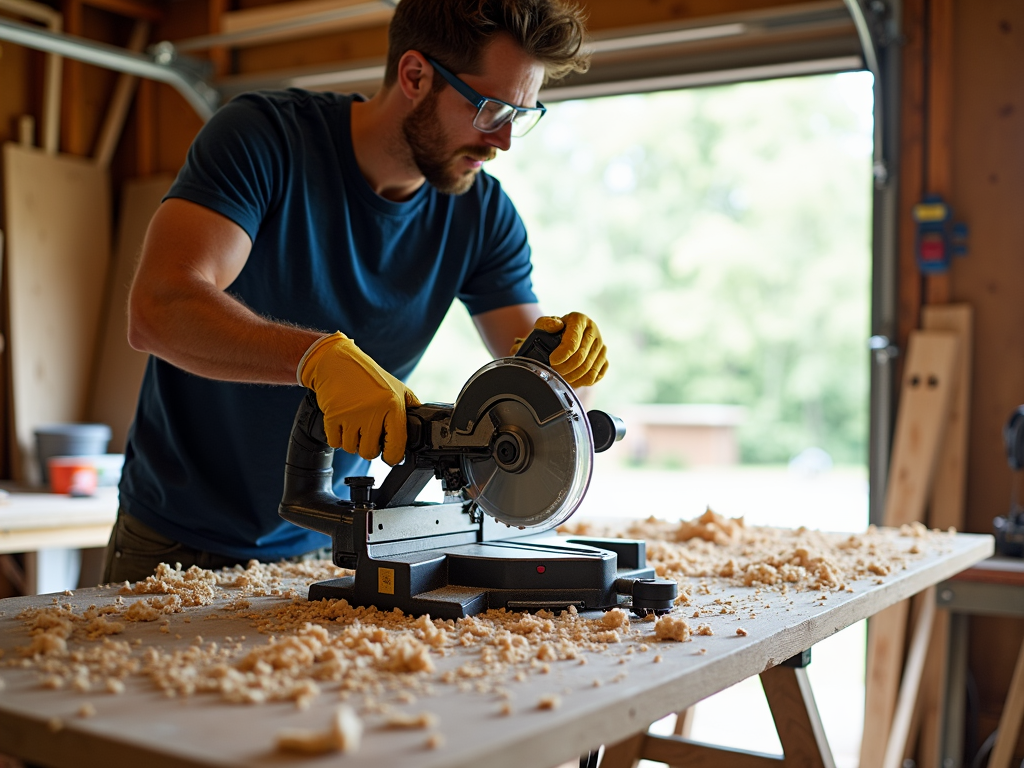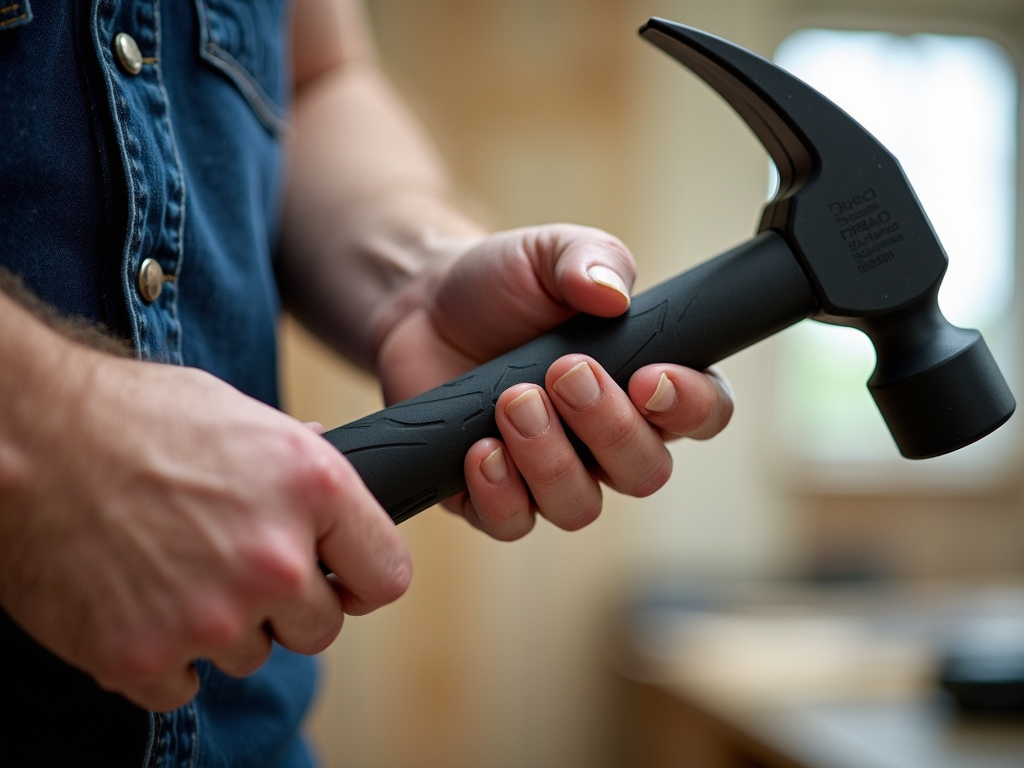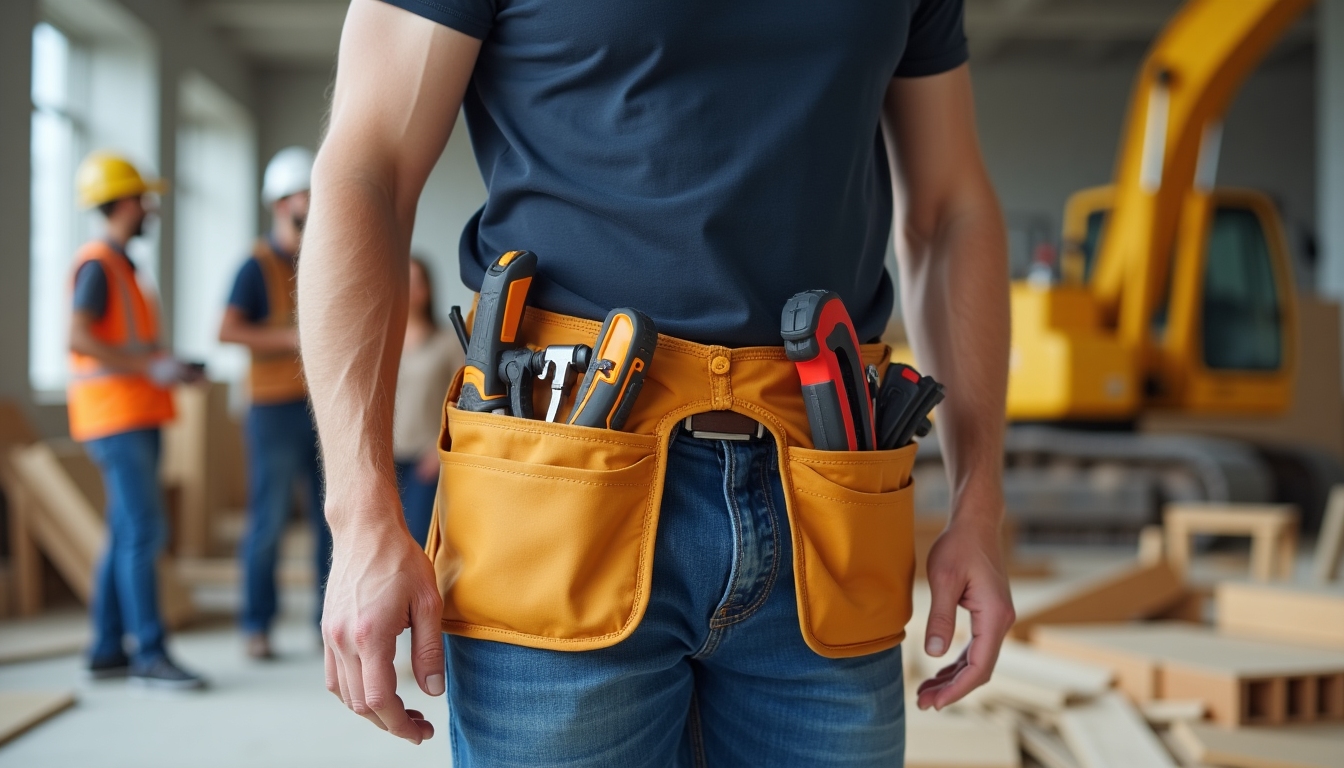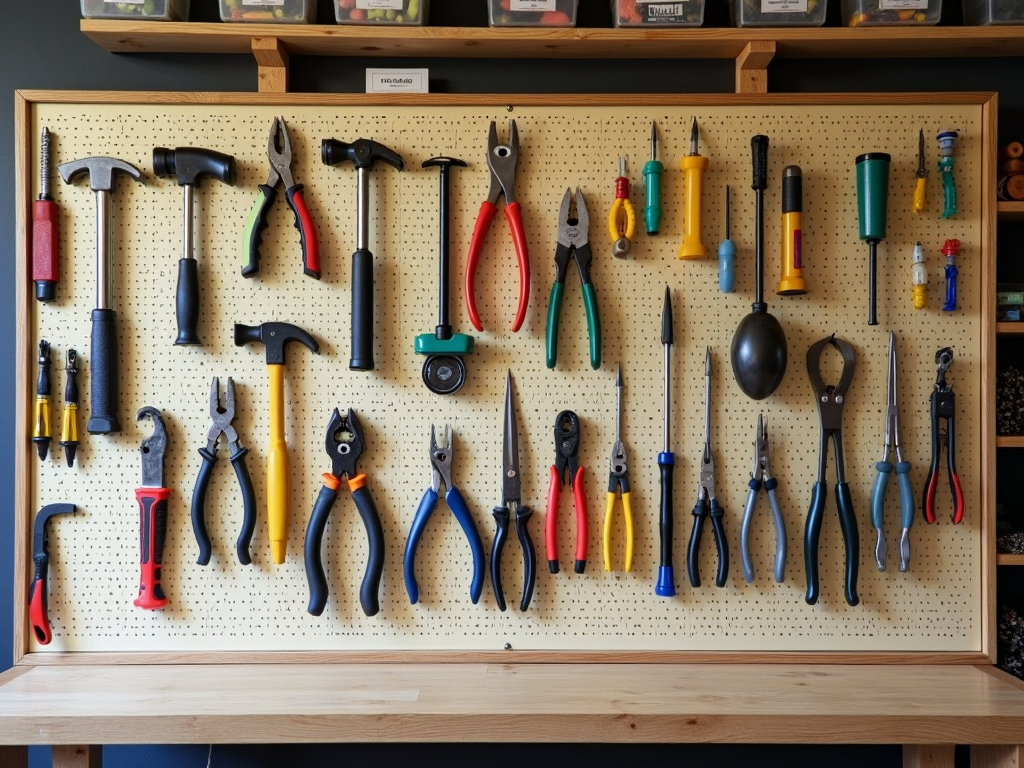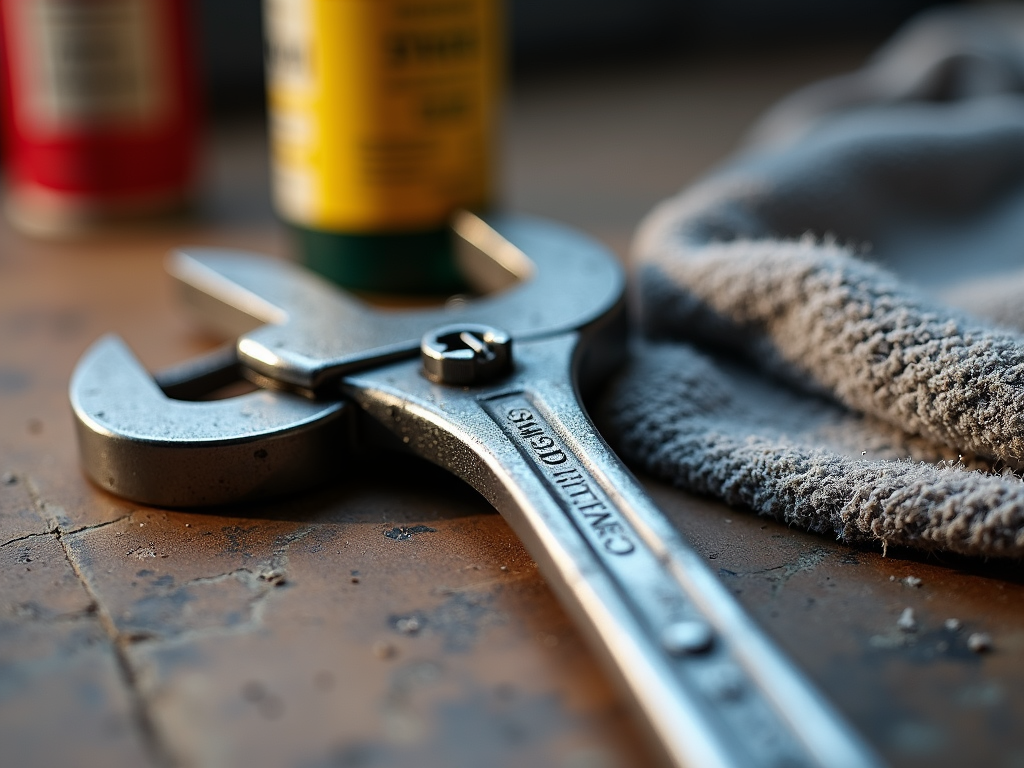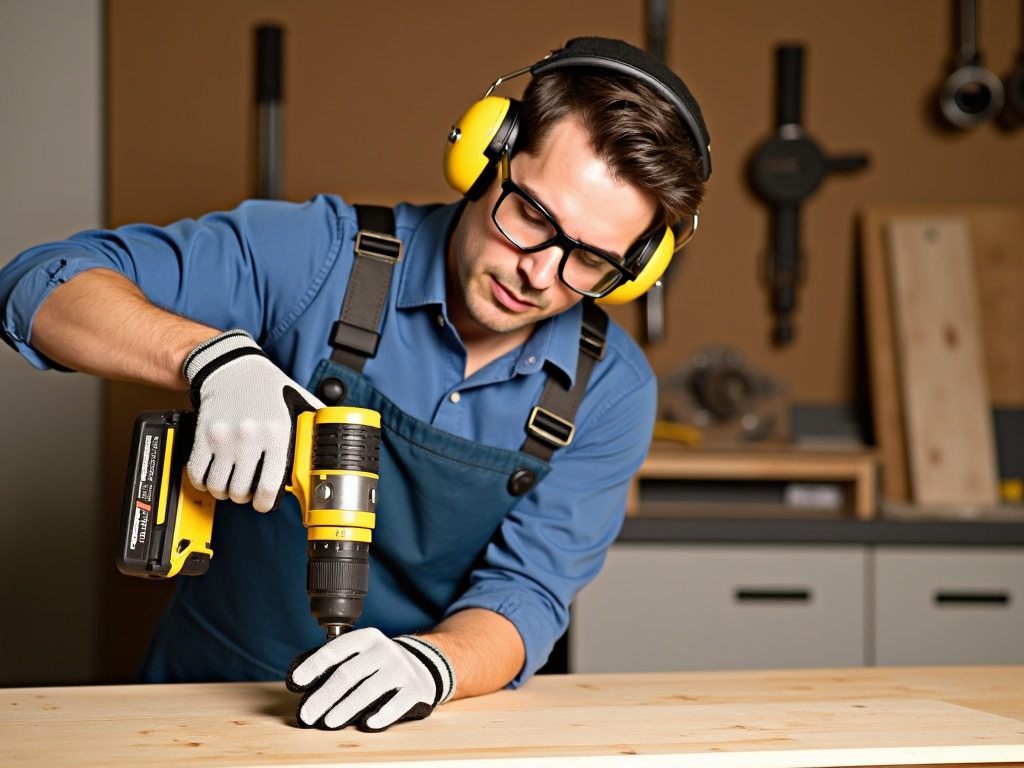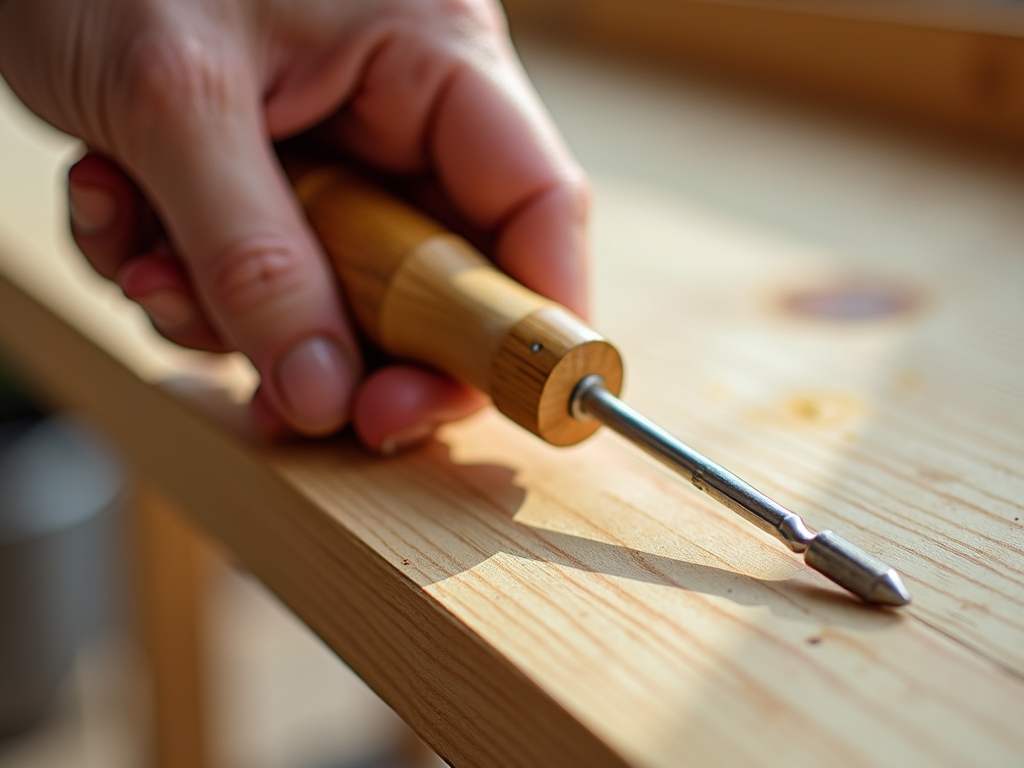Overview/Summary
Proper maintenance of workman tools is essential for ensuring their longevity, performance, and safety. This article provides comprehensive tips and best practices for maintaining various types of tools, from hand tools to power tools, and emphasizes the importance of organization and regular care.
Introduction
As a workman, your tools are your lifeline. They help you get the job done efficiently and effectively. However, like any other equipment, tools require regular maintenance to perform at their best. Neglecting tool maintenance can lead to decreased performance, increased risk of accidents, and costly replacements. In this article, we'll explore the importance of tool maintenance and provide you with practical tips and insights to keep your tools in top shape. Whether you're a seasoned professional or a DIY enthusiast, these tips will help you extend the life of your tools and ensure they remain reliable companions on your projects.
General Tool Maintenance Tips
Let's start with some general maintenance tips that apply to most types of tools.
Cleaning Tools After Use
One of the simplest yet most effective maintenance practices is cleaning your tools after each use. Dirt, dust, and debris can accumulate on tools, leading to corrosion and wear. For hand tools, a quick wipe with a clean cloth or brush can remove most debris. For power tools, follow the manufacturer's instructions for cleaning, which may involve disassembling certain parts.
Proper Storage
Storing your tools properly is crucial for preventing damage and ensuring they remain in good condition. A toolbox is an essential accessory for any workman, as it provides a safe and organized space for your tools. When choosing a toolbox, consider the size and type of tools you have, as well as the level of protection you need. For example, if you work in a humid environment, a toolbox with rust-resistant properties might be beneficial.
Regular Inspection
Regularly inspecting your tools for signs of wear, damage, or malfunction is key to catching issues early. Look for cracks, chips, rust, or any other abnormalities. For power tools, check the cords, switches, and moving parts for any signs of wear or damage. If you notice any issues, address them promptly to prevent further damage or safety hazards.
Lubrication and Rust Prevention
Many tools, especially those with moving parts, require lubrication to function smoothly. Use the appropriate lubricant as recommended by the manufacturer. Additionally, to prevent rust, especially on metal tools, consider applying a thin coat of oil or using rust-inhibiting products.
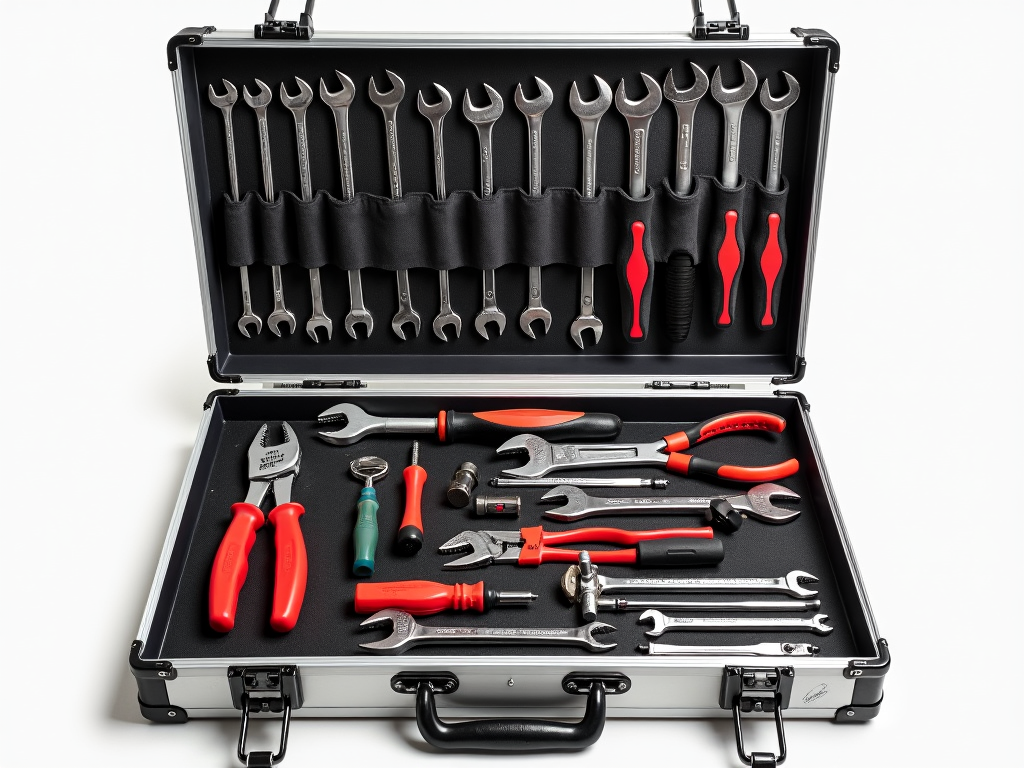
Specific Tool Maintenance Tips
Now, let's delve into maintenance tips for specific types of tools.
Hand Tools
Hand tools, such as hammers, screwdrivers, and wrenches, are the backbone of any workman's toolkit. To maintain them:
- Keep them clean and dry.
- Store them in a dry place to prevent rust.
- For tools with wooden handles, check for splintering or cracks and sand them if necessary.
- Sharpen cutting tools like chisels and planes regularly.
Power Tools
Power tools, such as drills, saws, and sanders, require more specialized care:
- Follow the manufacturer's maintenance instructions.
- Keep the tools clean and free of dust and debris.
- Check and replace worn brushes or belts as needed.
- Lubricate moving parts according to the manufacturer's recommendations.
- Store power tools in a dry, secure place to prevent damage and unauthorized use.
Measuring Tools
Measuring tools, such as tape measures, levels, and calipers, need to be accurate to ensure precise work:
- Keep them clean and free of debris.
- Store them in a protective case or pouch.
- For tape measures, avoid bending or kinking the tape.
- Calibrate measuring tools periodically to ensure accuracy.
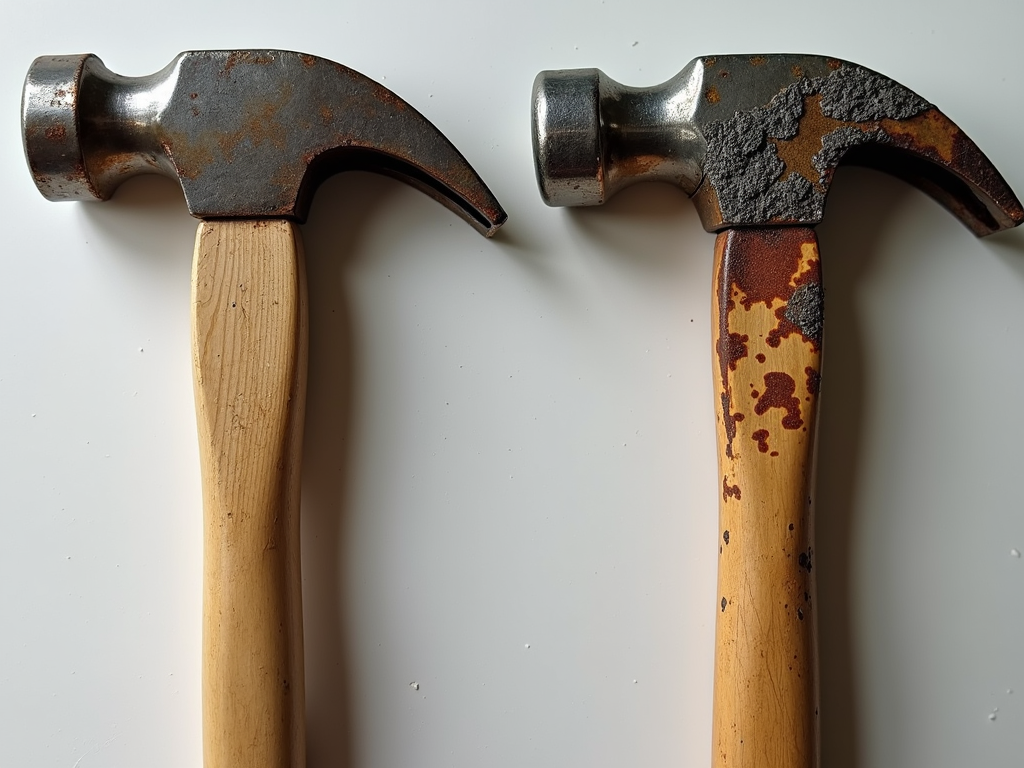
Advanced Maintenance Techniques
For those looking to take their tool maintenance to the next level, here are some advanced techniques:
Sharpening Blades and Bits
Dull blades and bits can make work harder and less precise. Learn how to sharpen them properly using sharpening stones, files, or specialized sharpening tools. Always follow safety precautions when sharpening.
Calibrating Measuring Tools
Over time, measuring tools can lose their accuracy. Learn how to calibrate them or have them professionally calibrated to ensure they provide accurate measurements.
Replacing Worn Parts
For tools with replaceable parts, such as saw blades or drill bits, replace them when they become worn or damaged. Using worn parts can lead to poor performance and safety risks.
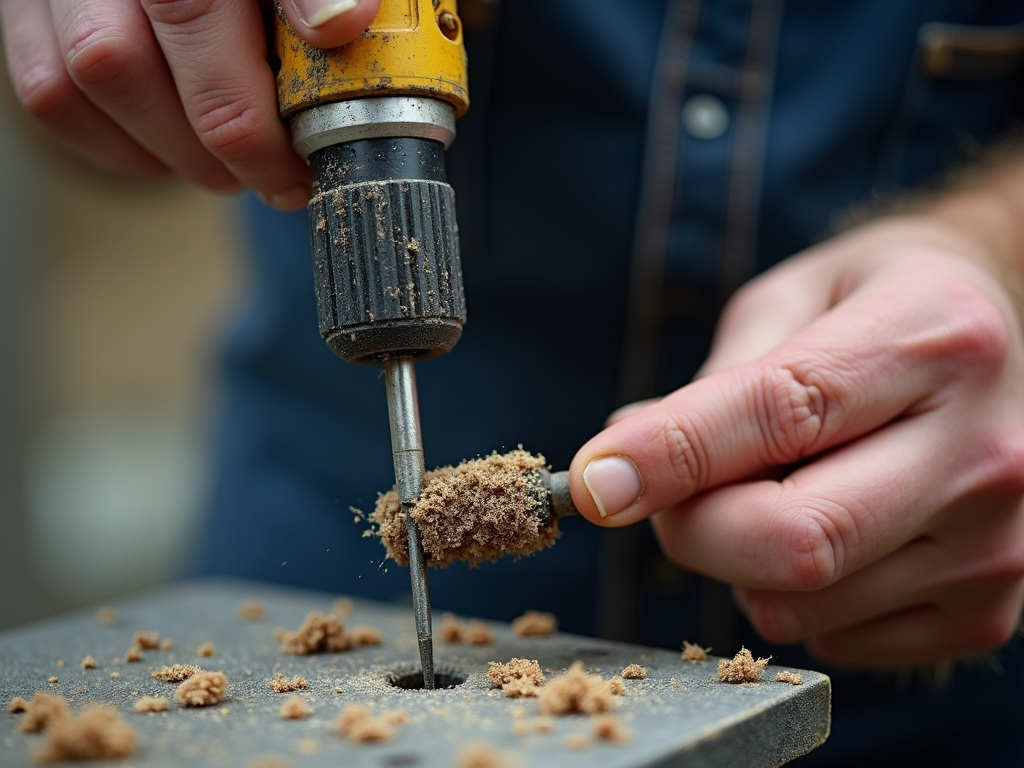
Best Practices for Tool Organization
Proper organization not only makes your workspace more efficient but also helps in maintaining your tools.
Using Toolboxes Effectively
Invest in a quality toolbox that suits your needs. Organize your tools by type or frequency of use. Use dividers or foam inserts to keep tools in place and prevent them from knocking against each other.
Labeling and Inventory Management
Label your tools and toolbox compartments for easy identification. Consider keeping an inventory list to track your tools and ensure nothing goes missing.
Creating a Maintenance Schedule
Establish a regular maintenance schedule for your tools. This could include weekly cleaning, monthly inspections, and annual deep maintenance. Stick to the schedule to ensure your tools remain in optimal condition.

Conclusion
Maintaining your workman tools is not just about prolonging their lifespan; it's about ensuring your safety, efficiency, and the quality of your work. By following the tips and best practices outlined in this article, you can keep your tools in top shape and ready for any project. Remember, a well-maintained tool is a reliable tool.
Related workman tool maintenance tips:
- Top 10 Must-Have Tools for Every Workman
- DIY Project Ideas: Choosing the Right Wrench for Your Projects
- The Ultimate Guide to Toolboxes for Every Need
- Essential Safety Gear for Power Tool Projects: Protect Yourself and Work Smarter
- How Tool Design Impacts Worker Health and Efficiency: A Deep Dive into Hammer Ergonomics
- The Evolution of Power Tools: From Hand Tools to High-Tech Gadgets
- The Ultimate Guide to Tool Belts for Construction Workers
- Workshop Organization Hacks to Boost Productivity
- Top Maintenance Tips for Extending Tool Lifespan
- Essential Safety Gear for Power Tool Users
- A Comprehensive Guide to Workwear and Safety Gear
- Top 10 Sustainable Hand Tools in 2024


